Modern India: a new tome delves into the Le Corbusier-built city of Chandigarh

A land constantly striving to update itself, India still lags somewhat behind the Western ideals of modern civilisation. However, the country houses one city that truly was created for the modern world: the Le Corbusier-built Punjab capital Chandigarh.
Chandigarh is in India looks at the landscape of the Punjab state, sometimes away from the concrete aesthetics that marks its modernism, shining a spotlight on the overridden beauties and quirks. Edited by Shanay Jhaveri and launched during the Dhaka Art Summit earlier this year, the tome wonders off path with a selection of artworks by Western and Eastern artists of their visions of the mesmerising area. The visuals are accompanied by a strong political standpoint, seen in essays by the likes of Devika Singh and Erika Balsom, allowing the reader to question presumptions they may have had of Chandigarh.
‘Many people argue about it, some dislike it, some like it. It is totally immaterial whether you like it or not; it is the biggest thing in India of this kind,’ Jhaveri explains. The sheer impact of the city's creation is addressed in the opening of the book. Jhaveri includes an image of the notice board in the check-in office for the Secretariat in 1955, claiming that the land was going to become a new place, representative of the freedom of the country (a bold claim indeed).
With this scope, the photographs and artworks touch on all aspects of the state, from the magnificence of nature in The Indian Palm by Parisian artist Cyprien Gaillard, to Manuel Bougot’s intimate images of private homes of residents, capturing interiors from 2010–2011. These spaces are adorned with the tropes of traditional and ornamental living, with occasional injections of modern furniture.
Along the way we see the futurist visuals of the concrete architecture, abstractly shot by the likes of Yamini Nayar and Seher Shah. Meanwhile, we are invited to see the influence the cityscape had on furniture and fashion design, from the 'Chandigarh' sofa for Moroso to Berluti’s S/S 2016 silhouettes, directly inspired by capital.
All wrapped up in a warm Asian-style palette of yellow and purple, it is pleasing to see that the rich and vibrant colour is one that can never really be changed or contested. ‘This book in part is an attempt to release Chandigarh from itself,’ Jhaveri concludes – a reassuring sentiment for such a complex and singular place.
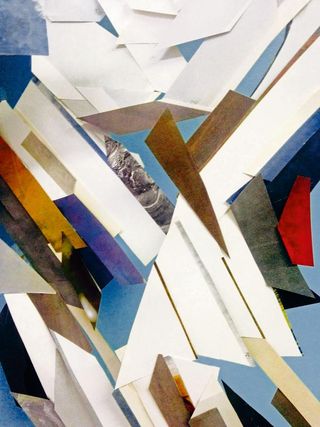
Edited by Shanay Jhaveri, Chandigarh is in India looks at the landscape of the Punjab state, sometimes away from the concrete aesthetics that marks its modernism, shining a spotlight on the overridden beauties and quirks.
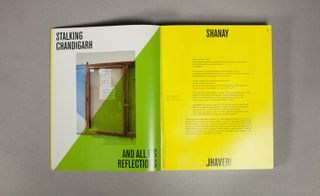
Jhaveri includes an image of the notice board in the check-in office for the Secretariat in 1955, claiming that the land was going to become a new place, representative of the freedom of the country

Exploring the complexities of the Indian city, the book also features essays by the likes of Devika Singh and Erika Balsom.

Capitol Complex (X Block), by Seher Shah, 2012.
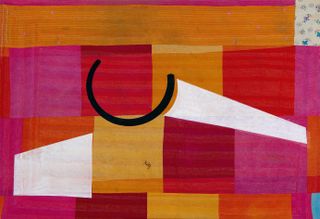
'Many people argue about it, some dislike it, some like it. It is totally immaterial whether you like it or not; it is the biggest thing in India of this kind,’ Jhaveri explains of the city. Pictured: CEJ 1 by Shezad Dawood, 2010.

Indian Palm Study II, by Cyprien Gaillard, 2011, explores the magnificence of nature in the city.
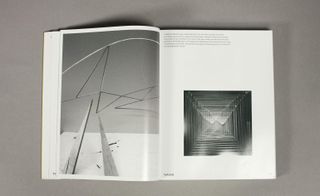
In the 'What We Look For' section, we see futurist visuals of concrete architecture, abstractly shot by the likes of Yamini Nayar
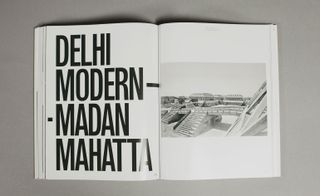
Hall of Nations, by architect Raj Rewel, from 1974
INFORMATION
Chandigarh is in India, Rs 3,000, published by The Shoestring Publisher. For more information and purchasing, visit the Amazon website
Wallpaper* Newsletter
Receive our daily digest of inspiration, escapism and design stories from around the world direct to your inbox
Sujata Burman is a writer and editor based in London, specialising in design and culture. She was Digital Design Editor at Wallpaper* before moving to her current role of Head of Content at London Design Festival and London Design Biennale where she is expanding the content offering of the showcases. Over the past decade, Sujata has written for global design and culture publications, and has been a speaker, moderator and judge for institutions and brands including RIBA, D&AD, Design Museum and Design Miami/. In 2019, she co-authored her first book, An Opinionated Guide to London Architecture, published by Hoxton Mini Press, which was driven by her aim to make the fields of design and architecture accessible to wider audiences.
-
 The moments fashion met art at the 60th Venice Biennale
The moments fashion met art at the 60th Venice BiennaleThe best fashion moments at the 2024 Venice Biennale, with happenings from Dior, Golden Goose, Balenciaga, Burberry and more
By Jack Moss Published
-
 Crispin at Studio Voltaire, in Clapham, is a feast for all the senses
Crispin at Studio Voltaire, in Clapham, is a feast for all the sensesNew restaurant Crispin at Studio Voltaire is the latest opening from the brains behind Bistro Freddie and Bar Crispin, with interiors by Jermaine Gallagher
By Billie Brand Published
-
 Vivienne Westwood’s personal wardrobe goes up for sale in landmark Christie’s auction
Vivienne Westwood’s personal wardrobe goes up for sale in landmark Christie’s auctionThe proceeds of ’Vivienne Westwood: The Personal Collection’, running this June, will go to the charitable causes she championed during her lifetime
By Jack Moss Published
-
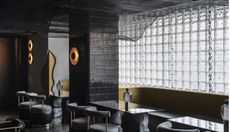 Charlee in Mumbai is a speakeasy immersed in mystery
Charlee in Mumbai is a speakeasy immersed in mysteryCharlee in Mumbai’s Bandra West encompasses a clandestine restaurant and bar designed by Kaviar Collaborative
By Tianna Williams Published
-
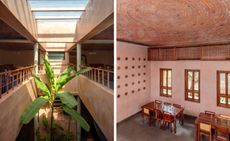 Telugu Medium Kitchen, in Southern India, is a labour of love
Telugu Medium Kitchen, in Southern India, is a labour of loveDesigned by Sona Reddy Studio, Telugu Medium Kitchen dives deep into the Andhra heritage for food cooked with traditional richness
By Sofia de la Cruz Published
-
 Assouline’s new Mexico City book to inspire your trip
Assouline’s new Mexico City book to inspire your trip‘Mexico City’ by Aleph Molinar and Anfisa Vrube is a journey through the cultural landscape, Aztec history, cuisine, architecture and community
By Tianna Williams Published
-
 ‘Tokyo Jazz Joints’ captures the vanishing world of Japanese jazz kissa culture
‘Tokyo Jazz Joints’ captures the vanishing world of Japanese jazz kissa cultureNew book ‘Tokyo Jazz Joints’ uncovers the ephemeral beauty of Japan's ‘jazz kissa’ – bars and coffee houses devoted to the vinyl or CD experience
By Sofia de la Cruz Published
-
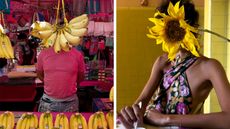 Sam Youkilis’ ‘Somewhere’ is an ode to the beauty of everyday life across cultures
Sam Youkilis’ ‘Somewhere’ is an ode to the beauty of everyday life across culturesPhotographer Sam Youkilis unveils new book ‘Somewhere 2017 – 2023’, the world as seen through his iPhone camera
By Sofia de la Cruz Published
-
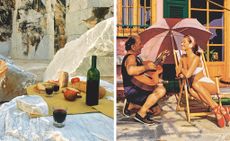 Cesare Cunaccia's ‘Dolce Vita’ book captures Italy’s infinite passion for life
Cesare Cunaccia's ‘Dolce Vita’ book captures Italy’s infinite passion for lifeExperience the dolce vita lifestyle through Assouline’s newly published title
By Sofia de la Cruz Published
-
 ‘Hotel Kitsch’ uncovers the whimsical world of adults-only fantasy getaways
‘Hotel Kitsch’ uncovers the whimsical world of adults-only fantasy getaways‘Hotel Kitsch’ is an A-to-Z guide to sleazy and hopelessly romantic American vacations
By Sofia de la Cruz Published
-
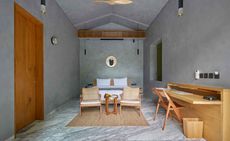 Roseate Ganges — Rishikesh, India
Roseate Ganges — Rishikesh, IndiaBy Daven Wu Last updated